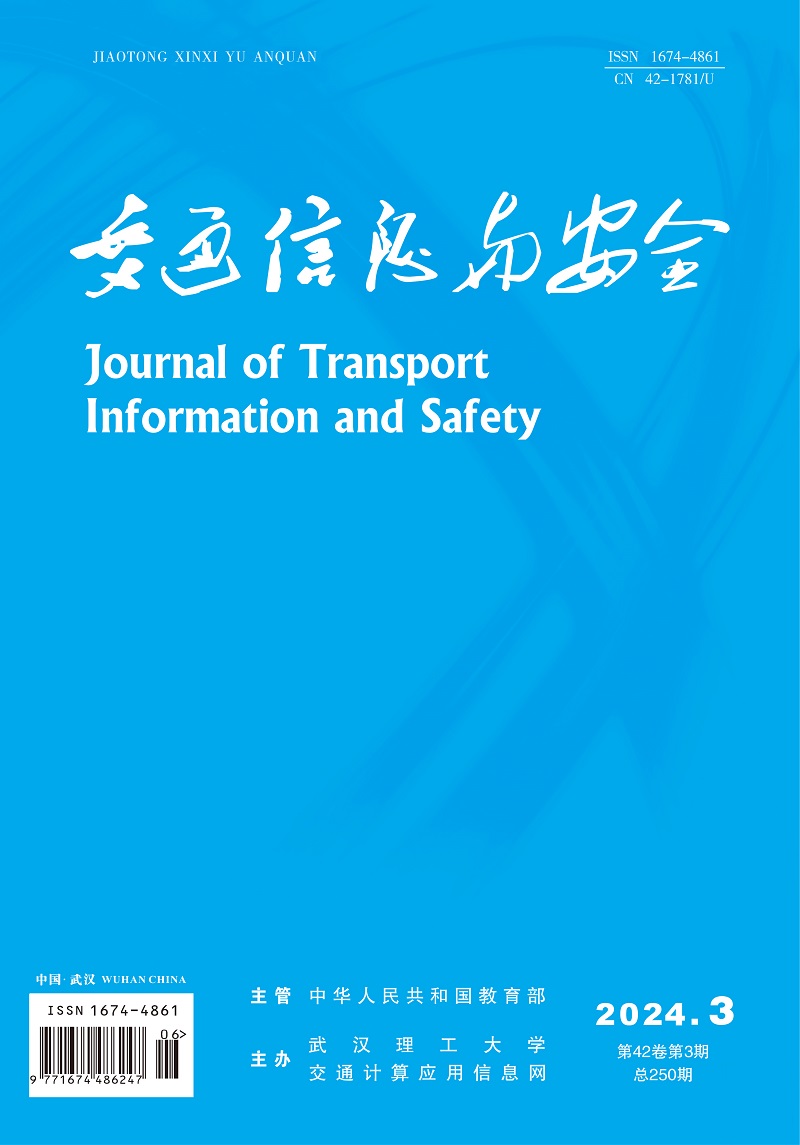Online First
Display Method:
, Available online
Abstract:
, Available online
Abstract:
, Available online
Abstract:
, Available online
Abstract:
, Available online
Abstract:


